
There is clearly something momentous in the air, and I don’t mean the aroma of budding apricot trees, the unusual sight of Georgian soccer fans in Yerevan, yet another nasty virus wave, or the municipality’s self-righteous campaign of tree annihilation. No, the explosive atmosphere stems from the looming, yet still unlikely “peace deal” with Azerbaijan, whose vague details alternatively suggest a potential new era of stability, or a horrific epilogue to a five-year chronicle of aggression and collective humiliation. Does the art scene reflect this sense of running on the knife’s edge? Judging by the current slate of exhibitions and other cultural events, Yerevan’s creative platforms resolutely keep their gaze peeled at the distant horizon of “eternal” (or nostalgic) values than on the treacherous pitfalls beneath their feet. But there are interesting complications nevertheless. Read the new Artinerary digest to learn more.
EXHIBITION
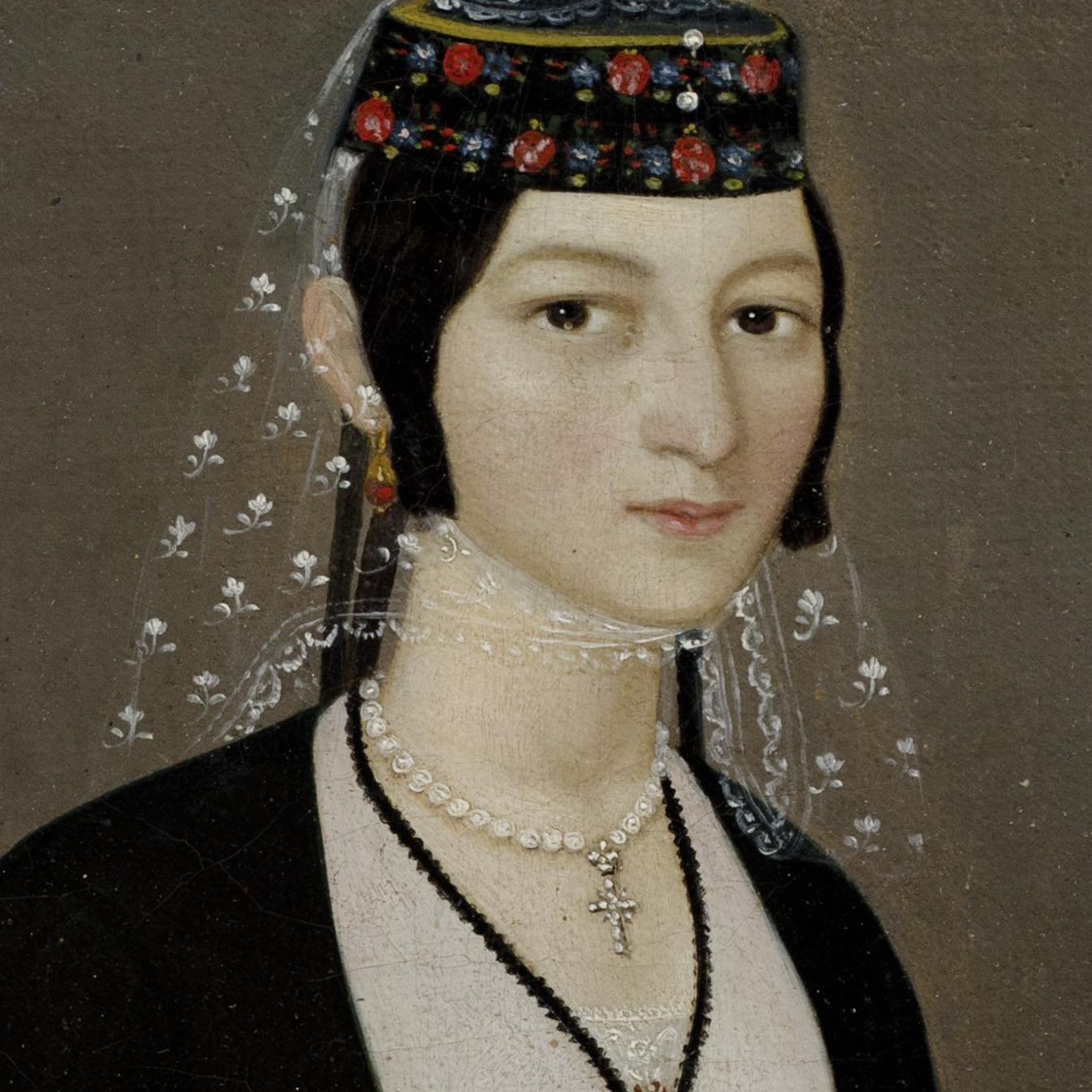
It’s been an epic endeavor in many ways. After almost five years of complicated renovations that finally brought climate control to the halls of the National Gallery, the museum is ready to fully reopen in early April. In January, the public was introduced to the new exposition of Armenian art from the 18th to early 20th century, which will be followed by the redesigned rooms of 20th century Armenian and World art. Since the writer of these lines was directly responsible for the curation of the new displays, it would be disingenuous to offer any “critical” feedback. But I can give you a hint of what to expect. The rehang of 20th century Armenian art has preserved some of the earlier features. There is an entire room dedicated to Martiros Saryan and many beloved masterpieces by Hakob Kojoyan, Yervand Kochar, Sedrak Arakelyan and other artists are back on view. The major change here is an attempt to provide a scholarly, balanced and historicizing structure for the Gallery’s collection with each hall providing a thematic capsule for the defining pivots of Armenian art from the past century. As a result, there are no longer divisions between local and diasporan artists, and the exposition forgoes monographic arrangements to emphasize the ideological links, as well as contradictions between different artistic groups and trajectories. Whether this approach succeeds in providing a much-needed critical framework and fresh perspectives onto the history of Armenian art is open to debate, which should hopefully follow soon after the reopening.
Exhibition: National Gallery Reopening
Where: National Gallery of Armenia
Republic Square
Dates: Permanent Exhibition
•
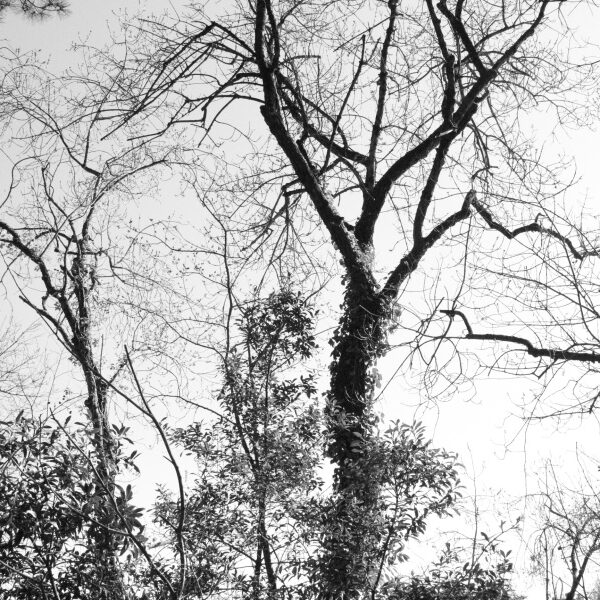
Another platform relaunching its activities after an enforced hiatus is Studio 20 run by the Art Basis non-profit. Their first exhibition of 2025 features photographs by Okean (Svetlana Antonyan), a French-based artist originally from Kapan. Okean began her photographic journey in the 2000s, using it as a means to express her queer identity and navigate the oppression she faced in Armenia’s patriarchal society. While her early work often centered around her own body as both subject and material, her photography has evolved since her relocation to France. The current exhibition, Azure Dreams, largely consists of black-and-white landscapes accompanied by audio recordings of the natural environment. As suggested by the title, the exhibition strives for a meditative, even transcendental quality, which “offers an open space where the viewer participates in an unfolding process—without external or internal directives. It is a space of movement, where transformation emerges as a natural mode of living.” This nostalgia for a slower, “natural mode of living” that is more in tune with the rhythms of the earth is indicative of the widespread disillusionment with the fallacies of the Anthropocene. While the artist’s call to reconsider our relationship with the non-human world may seem idealistic, it resonates powerfully amid the ongoing ecological crises in Yerevan. At the very least, the exhibition provides a momentary escape to envision alternative ways of being in the world.
Exhibition: “Azure Dreams”, Svetlana Antonian
Where: Studio 20
13 Hrachya Kochar St., Yerevan
Dates: March 19-April 11
•
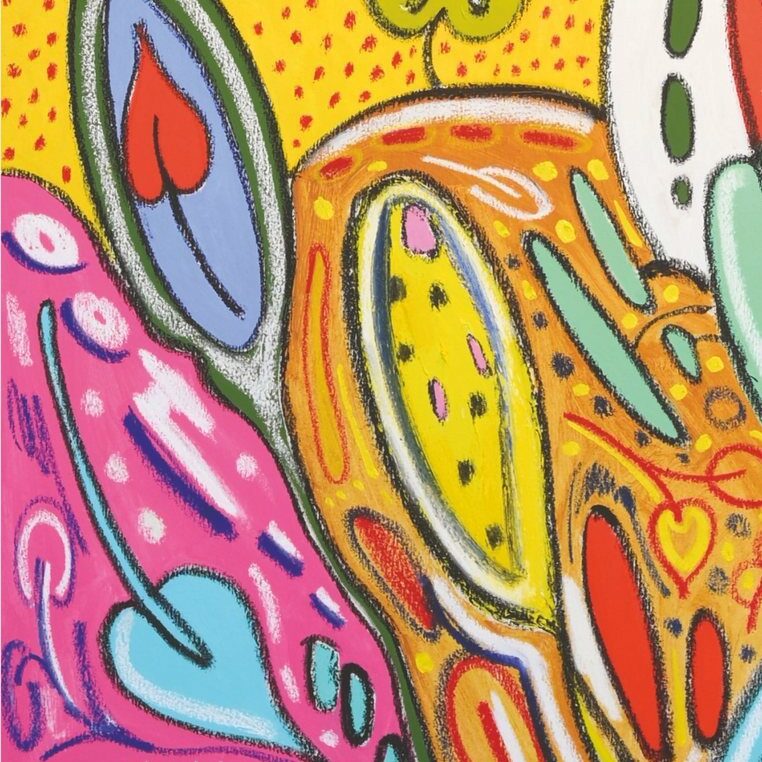
It’s springtime, the time for unleashing all those repressed sentimentalisms about rebirth, new beginnings and the power of nature. No wonder that it’s the season which has captivated Armenian artists the most (try finding any memorable winter scenes in any book on Armenian art). Suren Safaryan, head of the Artist’s Union is following this romanticist tradition with his new show Nature Metamorphosis. Demonstrating a dramatic turn-around from his earlier, starkly monochromatic and hyper-realist paintings, Safaryan presents a suite of extremely colorful and decorative landscapes. The highly stylized, flat forms render these imaginary views of nature into a cross between children’s drawings, Soviet cartoons and ornamental wallpaper. It’s a curious stylistic gambit that isn’t without its ephemeral charms, though this “symphonic” ode to the joys of primavera is perhaps more relatable today as a reverie about the harmonious state of nature, before humanity managed to turn it into an unstoppable force of destruction.
Exhibition: “Nature Metamorphosis”, Suren Safaryan
Where: Artists’ Union of Armenia
16 Abovyan St., Yerevan
Dates: March 26-April 4
•
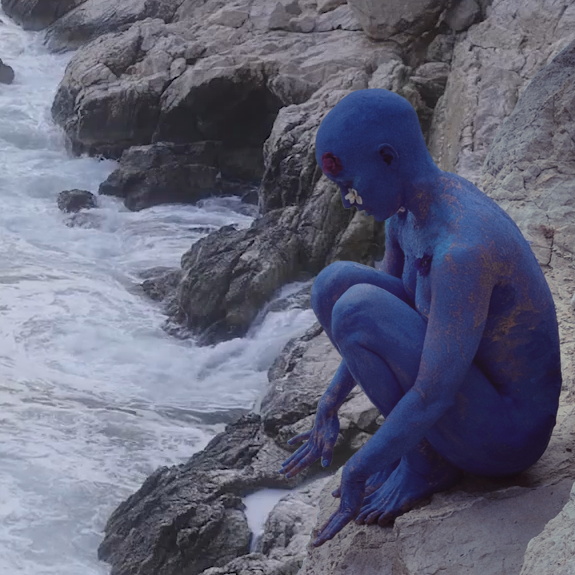
The maelstrom of springtime impulses continues with a new collaborative show at HayArt Centre. Emerging painter Lusine Baghdasaryan and sound artist Vardan Harutyunyan have teamed up for Vias Maris (Marine Ways)—an audio-visual dive “into the profound symmetries between organic forms and the energies shaping existence.” Artists have been fascinated by said symmetries since time immemorial, so it’s a bit of an ask to present a show with such a broadly diffused focus. Alas, Barseghyan’s paintings of nondescript faces overgrown by nondescript plants (leaves coming out of tear-ducts, get it?) and figures floating in blue fog, don’t offer any fresh sensory, or philosophical insights into our conflicted relationship with nature—other than a (perhaps unintended) message that we’ll all end up as some form of fertilizer. Harutyunyan seems to be in more of a complimentary role here, which is a pity, since he is one of the very few truly committed and thinking sound artists working in Armenia.
Exhibition: “VIAS MARIS”, Lusine Baghdasaryan and Vardan Harutyunyan
Where: HayArt Centre
7a Mashtots Ave., Yerevan
Dates: March 22-April 22
•
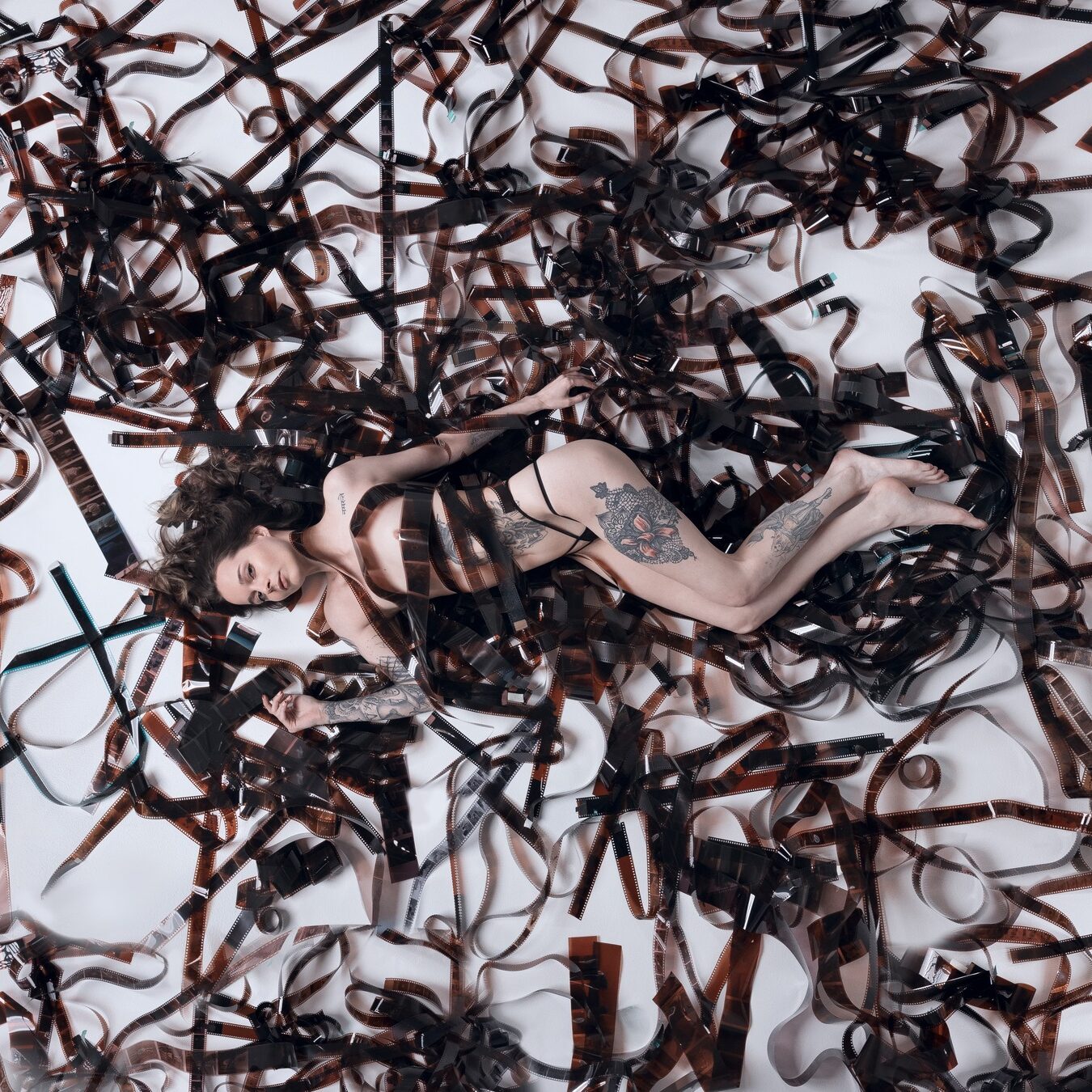
Immersive exhibitions are all the rage now—an unfortunate fad that often compensates the vacuity of interesting ideas with a deadening assault on the senses. The independent Babylon Theatre is hosting a one-day event that promises precisely this type of experience. Featuring Yan’s (Arm Mejlumyan) photographs of pierced and tattooed young women in vaguely neo-gothic, neon-lit environments the show threatens to “transport you into a world of visual and emotional imagery, accompanied by atmospheric electronic music.” Judging by the torturously kitsch images of overgrown models awkwardly emulating some kind of emo angst in trashy get-ups, this is one kind of “transportation” I’d only be too happy to skip.
Exhibition: “Solo Exhibition”, The YAN
Where: Babylon Theater
2 Pushkin St. (2nd floor), Yerevan
Dates: April 4, 8 p.m.
•

The Centre for Aesthetics on Abovyan Street will be featuring another young artist making their inaugural solo appearance in April. A graduate of the Yerevan State Pedagogical University, Aramazd Sahakyan is relatively new to the local art scene and the overtly familiar idiom of his expressionist paintings is still too much in thrall of great masters like Anselm Kiefer and Philip Guston to leave a lasting impression. But it’s a work of an artist actively in search of his own individual voice and Sahakyan’s manifest desire for emotional honesty, along with the confident handling of jarring color schemes shows a lot of potential for creative development in the future.
Exhibition: “Solo Exhibition”, Aramazd Sahakyan
Where: Henrik Igityan Center
13 Abovyan St., Yerevan
Dates: April 1-5
•
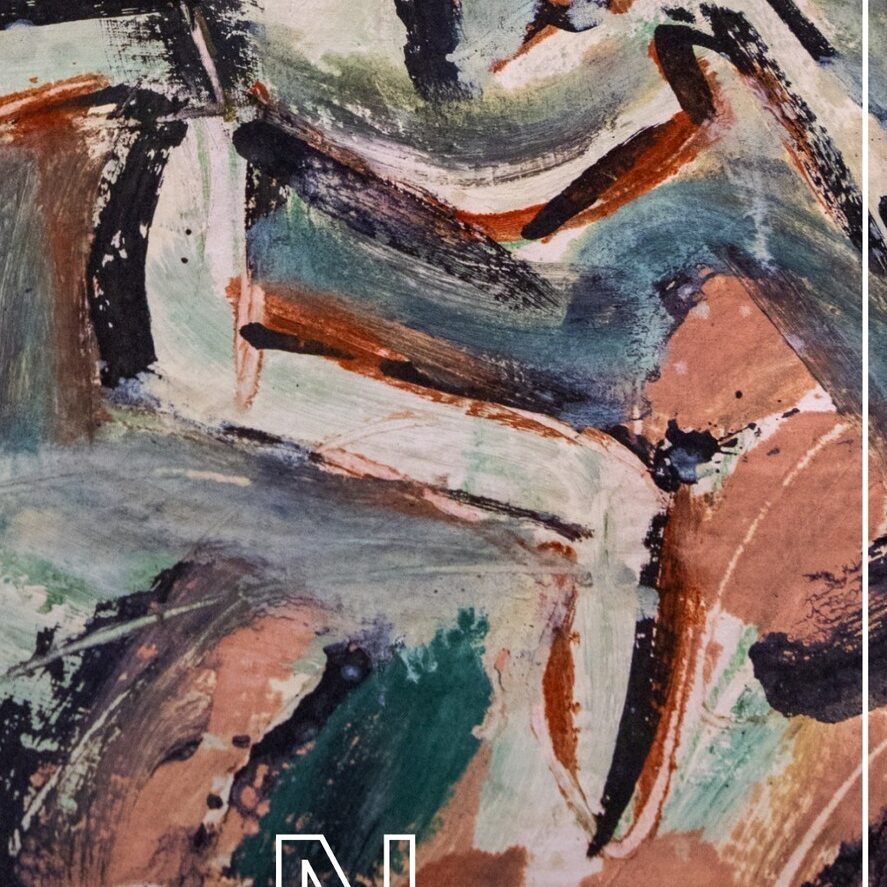
If you’re looking for a truly raw and unfiltered expression of the existential angst about the insignificance of human life within the universe, then look no further than the paintings of dissident Russian artist Valentin Vorobyov, currently showing at Nikoghosyan Foundation. Emerging in the early 1960s as part of the underground network of so-called non-conformist artists in Moscow, Vorobyov made a mark with his very gestural, wildly expressionist figurative and abstract canvases that gained him the unwanted attention of the authorities. His critical exposure of the oppression of Soviet totalitarianism and the desire to reclaim spiritually meaningful connections with the world was considered a political provocation, which forced Vorobyov to emigrate to France in 1973. Though less known than his more celebrated contemporaries like Anatoliy Zverev or Yuriy Zharkikh, Vorobyov fully epitomizes the rebellious spirit of the times and the battle to liberate Soviet art from the tyranny of ideology.
Exhibition: “Valentin Vorobyov: Ars longa, vita brevis”
Where: Nikoghosyan Cultural Foundation
19-21 Saryan St., Yerevan
Dates: March 21-April 25
•
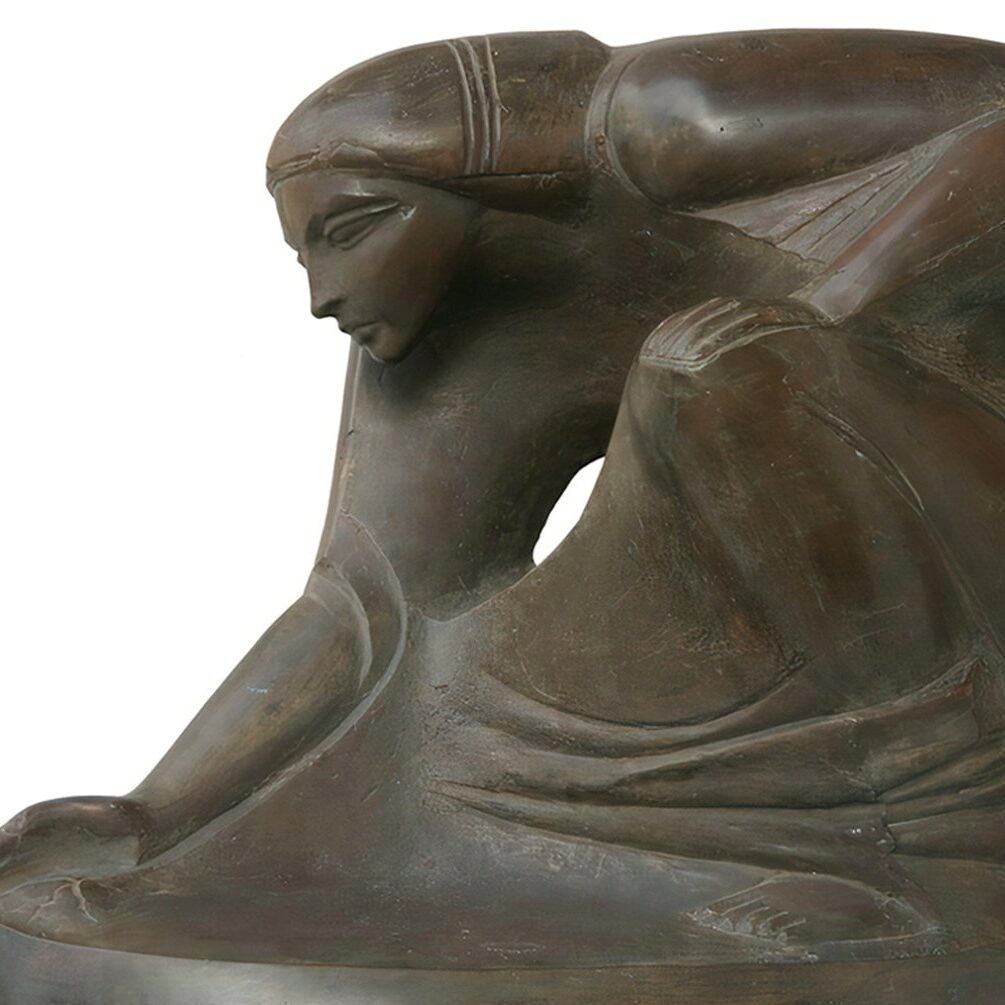
In contrast to Russian artists, Armenian painters and sculptors were considerably less circumscribed by the Soviet ideological system throughout the USSR’s existence. Take, for example, the oeuvre of sculptor Samvel Ghazaryan, which can be seen at the artist’s first retrospective at the National Gallery of Armenia. Emerging during the 1970s, in Brezhnev’s era of cultural stagnation, Ghazaryan began his career with masterfully carved, almost expressionist sculptures of “timeless” subjects like motherhood, music, dance and mythological narratives, along with portraits of local cultural luminaries. He kept on this trajectory unabated without so much as a hint of any ideological iconography or polemic. Such essentialism, mythopoetics and formalist experiments were widely tolerated in peripheral Soviet republics like Armenia as long as they remained politically innocuous and removed from social reality—just like much of Armenian modernist art of the post-WWII period. Ghazaryan’s retrospective shows how this narrative continued to evolve into post-Soviet times, entrenching a misguided perception of art as a bastion of beauty and moralism that had to be entirely detached from any actual reflection of unfolding reality.
Exhibition: “Samvel Ghazaryan. The Path of Creation”
Where: National Gallery of Armenia
Republic Square, Yerevan
Dates: Open from February 12
•
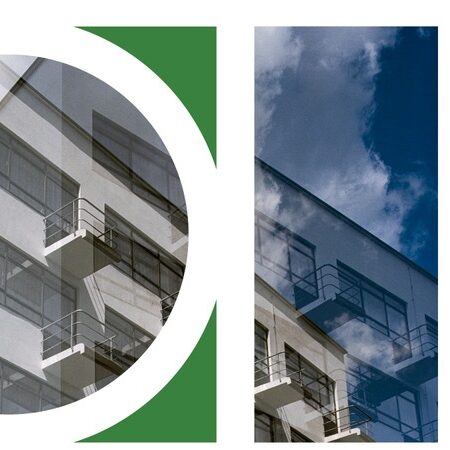
The ghosts of 20th century modernity continue to trouble us, even when so much has been done to liberate us from its oppressive insistence on progress, rationalism and universality. But modernist paradigms have had extremely diverse afterlives across the world and their legacies are still a vital source (and reminder) that we must continue to imagine a future, no matter how frightening those horizons might be. The Spirit of Past Future at the Institute of Contemporary Art in Yerevan presents an intriguing dialogue between the German photographer Margaret Hoppe and graphic illustrator Nvard Yerkanian around the differing cultural views towards the subject, articulated through representations of Soviet modernist architecture. Where Hoppe (continuing the traditions of German topographic photography) gives us a coolly forensic “excavation” on the failed ambitions of modernism, Yerkanian finds a more reassuring narrative of historical connectivity and transmission in her beautifully executed “samplings” of patterns found in some of the most iconic buildings of Armenian modernist architecture. Regardless of one’s attitude towards this ambivalent heritage, this is the kind of intellectually stimulating and visually inspiring exhibition that we desperately need more of in Yerevan.
Exhibition: “The Spirit of Past Future”, Margret Hoppe and Nvard Yerkanian
Where: ICA Yerevan
47 Avet Avetisyan St., Yerevan
Dates: April 1, 7 p.m.
•
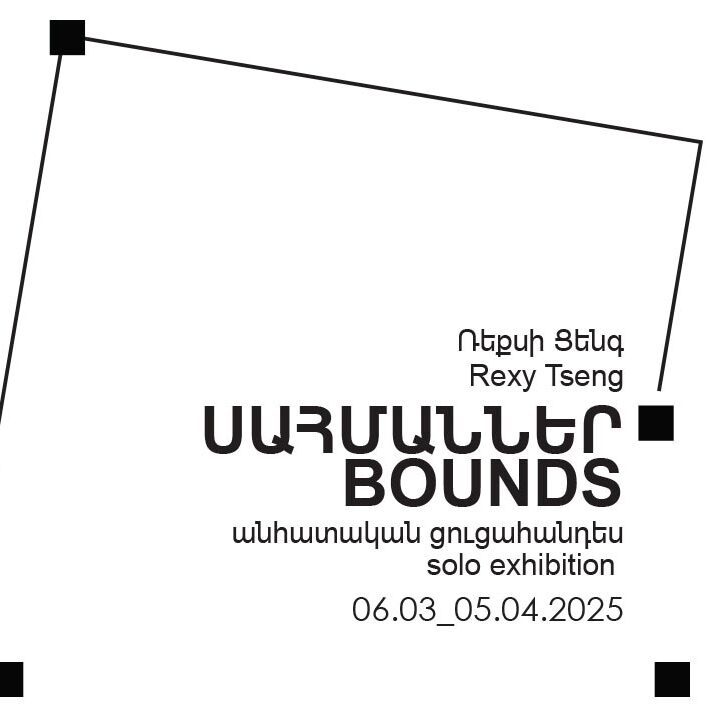
In general, shows by contemporary international artists are not particularly frequent, especially ones by someone as talented and accomplished as the Taiwanese painter and installation artist Rexy Tseng. Hence, NPAK’s solo exhibition of Tseng’s work is an event that should have gotten a wide response from at least the art loving public, yet it seems to have largely passed under the radar thus far. This is a real shame, because Tseng’s work is an effortlessly elegant and melancholically droll meditation on the disarray of our contemporary world and its techno-capitalist neuroses. The subtle, yet wonderfully incisive humor with which Tseng addresses the festering absurdities of consumption culture, overproduction and alienation in his robotic sculptures and neo-realist paintings is the kind of transcultural language we urgently need to help us see through the deepening chaos in which we are all implicated in some way. So make a run for this one before it closes, and bring along your friends, or kids.
Exhibition: “Bounds”, Rexy Tseng
Where: NPAK
1/3 Buzand St., Yerevan
Dates: Open until April 5
•
TALKS

The Institute for Contemporary Art (ICA) continues its splendid cycle of artist talks with a public presentation by Berlin-based choreographer and performance artist Jason Corff. Combining research, architecture and design, Corff’s practice looks at how spaces evolve into places through the social and emotional interactions of the body with its surrounding environment. Having spent some time at ICA’s NEST residency, the artist has used his choreographic approach to “map out” Yerevan as a sensory and physical experience. Corff’s findings in this regard should certainly be revelatory to anyone interested in Yerevan’s urban development, as well as those who seek to learn more about the current methodologies of contemporary dance and performative arts in general.
Talk: “Mapping Places: Cartography and Choreography in Artistic Research”, Jason Corff
Where: ICA Yerevan
47 Avet Avetisyan St., Yerevan
Dates: March 28, 7 p.m.
•
FESTIVALS
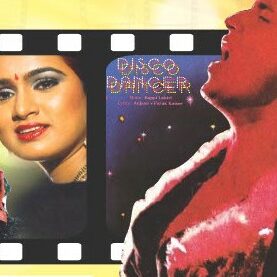
If you were a kid growing up in Armenia (or the Soviet Union) during the 1980s and early 1990s, then chances are your cultural imagination was branded—in some undeniable and inextricable way—by the unbridled sentimental power of Bollywood. I mean, what could ever ignite childhood fantasies of revenge or triumph in a more visceral way than the hyperbolic song-dance-action plots of Disco Dancer and Khoon Bhari Maang? Now, the Embassy of India in Armenia is giving us the (free!) opportunity to re-experience the wonderfully strange magic of these films on the big screen with a three-day festival dedicated to one of the biggest Bollywood stars, Mithun Chakraborty. So, put on a headband and some glitter and head down to Cinema Moscow to rock along to Jimmy, Jimmy, Jimmy, Aaja, Aaja, Aaja!
Festival: “Festival of Indian Films”
Where: Moscow Cinema
47 Avet Avetisyan St., Yerevan
Dates: March 28-30

